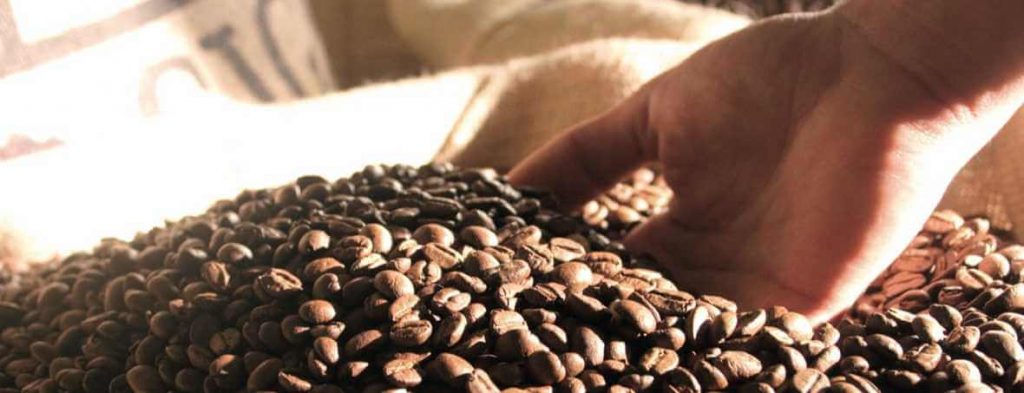Two methods can be used to collect coffee beans from cherries. The so-called treatment by Wet Route or by Dry Way.
COLLECT WET
This process produces washed or mild coffees. The cherries are picked by the harvesting method called PICKING, by hand one by one, at the exact moment of reaching maturity. This method is slower and more expensive, but it provides us with a higher quality and more uniform harvest. One of the peculiarities of the coffee tree is that at the same time flowers, ripe fruits and green fruits coexist on the tree, as happens with cherries that do not all ripen at the same time, and you have to make several passes through the same tree.

Immediately afterwards, with the help of the only machine that the coffee grower uses (a pulper), the grain is separated from the pulp. Subsequently, the grain is washed with plenty of water to remove any remains of pulp, which ensures that all the grains in poor condition float and can thus be separated from the rest. It is then left to dry in the sun and then threshed and then undergo another manual selection process.
DRY HARVESTING
This process produces natural or unwashed coffees. The cherries are picked by the method called STRIPPING, which consists of milking the coffee tree branches. This method is faster and cheaper but it provides us with a harvest of poorer quality and less uniformity. In addition, the plant suffers a lot of damage since when plucking the fruit we also tear off leaves and branches.
As we have already said before, in the coffee tree not all the fruits ripen at the same time, so the cherries are left to ripen and picked: some at their point of ripeness, others when they are still a little short and others very ripe. Once collected, the leaves and other remains of branches are removed. They are then spread on the ground so that all the pulp of the cherries dries. After 7 or 10 days of collection, the moisture content has decreased to around 7%. So, once dried, the shell is easily removed and separated from the grain. Finally, we proceed to classification, with which we obtain grains from different sieves (sizes).
To know more deeply how coffee is harvested and processed, we provide information about it in our courses varied for enthusiasts.
